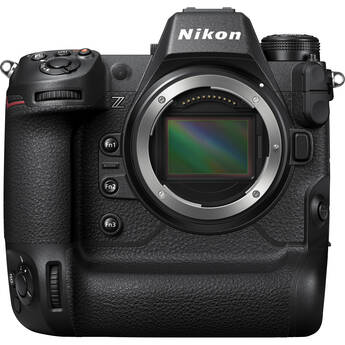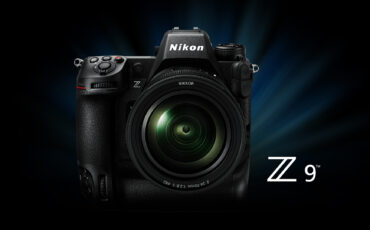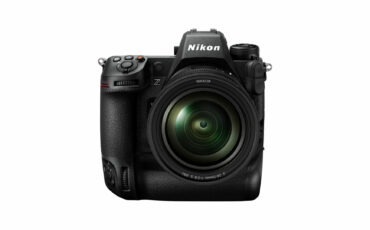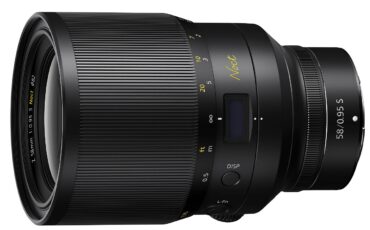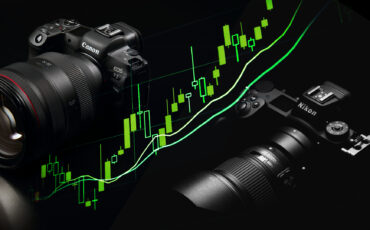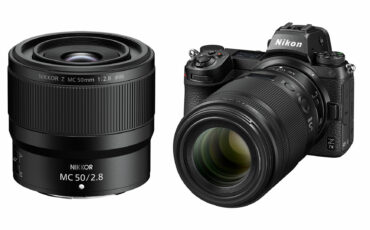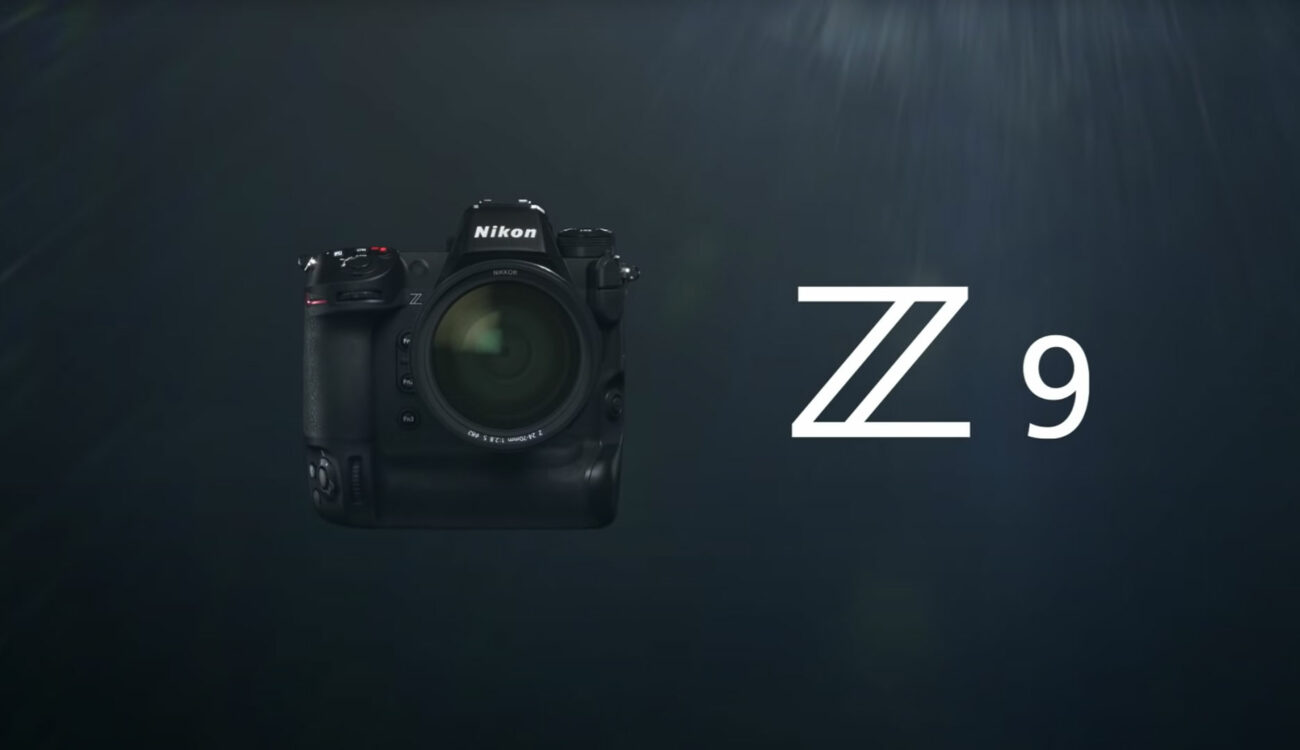
The wait is finally over – after months of teasing, Nikon has officially released their new flagship mirrorless camera: the Nikon Z 9. This camera can capture footage in 8K at 30 frames per second and in 4K120p in H.265. If you’re looking for ultimate quality and ease of use, you can even record internally in ProRes 422HQ 10bit in 4K UHD at up to 60p. Let’s take a closer look at all the new features of this beast!
We first talked about a new Nikon flagship mirrorless camera back in March 2021, with official development confirmed by the company. In the meantime, numerous rumors and leaks popped all over the Internet.
The Z 9 is now officially out, and the least we can say is that this Full-Frame mirrorless camera looks promising!
Nikon Z 9 sensor and image-processing engine
Let’s start with the camera’s photo capabilities. The Nikon Z 9 sports a 45.7MP back-illuminated (BSI) stacked CMOS Full-Frame sensor, which is more than twice the resolution of its main competitor, the Canon EOS R3.
Canon R5 C Ultimate Video Manual
According to Nikon, this newly developed sensor offers breakneck readout speeds that should help reduce rolling shutter. Also, the BSI design can create clean images even at high ISO settings.
On the inside, the Z 9 features an EXPEED 7 image-processing engine. This new engine is 10x faster than the Nikon Z 7II that has an EXPEED 6 image-processing engine.
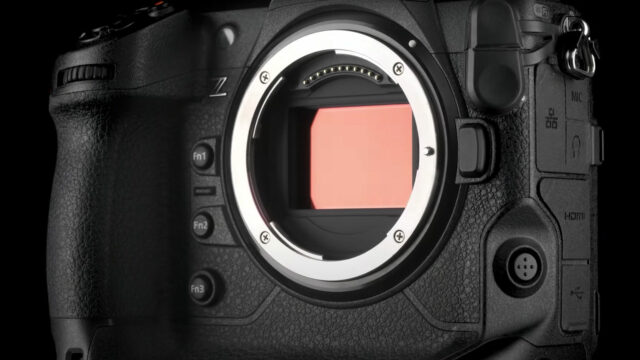
In a nutshell, the new sensor and EXPEED 7 engine combination allows you to shoot in burst mode at up to 20fps in RAW, 30fps in JPEG, and a ridiculous 120fps if you lower the image size to 11MP. In addition, the camera can buffer up to 1000 RAW images in a burst.
Last but not least, the Z 9 only uses an electronic in all shooting modes. It allows the camera to shoot at shutter speeds up to 1/32.000.
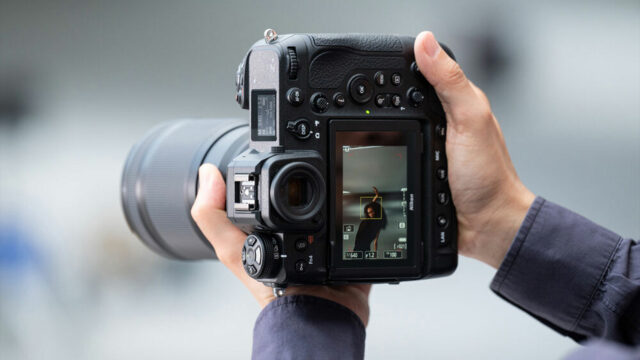
Autofocus performances
Nikon cameras are rarely being mentioned when it comes to autofocus performances, especially in video mode. But the engineers behind the Z 9 did their homework as this new camera features a 493-point phase-detection AF system that covers the whole sensor area.
The AF readings occur at up to 120fps, and autofocus works in every photo and video mode.
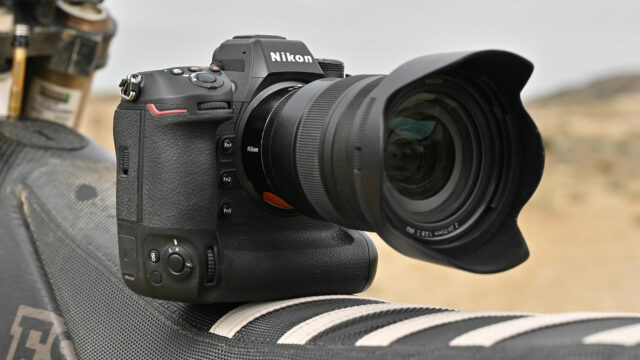
The camera features a new automatic Subject Detection that can recognize nine different types of subjects, including humans, pets, birds, airplanes, trains, cars, motorbikes, and bicycles. In addition, in Auto-Area AF, the Nikon Z 9 will do everything for you, meaning it’ll identify and track/follow the subject automatically.
Filmmakers will be pleased to know that Eye-Detection AF has been improved for faster and more accurate results even when the subject within the frame is small. Also, a custom function will let you change the color of the focus point to green to confirm focus.
Last but not least, the Z 9 features the same 3D-tracking mode that was already available on previous Nikon DSLRs. This mode, coupled with subject detection, can track “fast and erratically moving subjects such as a racing car that approaches close and then moves away quickly, or a swiftly moving athlete,” according to Nikon.
Nikon Z 9 video recording capabilities
Now let’s talk about what everybody is waiting for: video recording capabilities. Here is a quick sum-up of all the Nikon Z 9 features:
- 8K UHD (7680 x 4320)at up to 24/30p using the entire sensor. According to Nikon, you can record for up to 2 hours consecutively, so the camera should not overheat.
- 4K UHD at up to 120p using the entire sensor. Oversampled UHD 4K recording is possible at up to 30p for increased sharpness and detail.
- You can record internally in various codecs, including H.265 (HEVC) 4:2:2 10-bit, ProRes 422 HQ 4:2:2 10-bit, H.264/MPEG-4 AVC.
- ProRes 422HQ 4:2:2 10bit recording mode is compatible with recording resolutions up to 4K/60p, except for Full HD/24p, 25p and 30p.
- In terms of color profiles, you’ll have various choices including 10-bit N-Log, HLG, and Flat. Please note that HLG is only available “H.265 10-bit (MOV)” is selected.
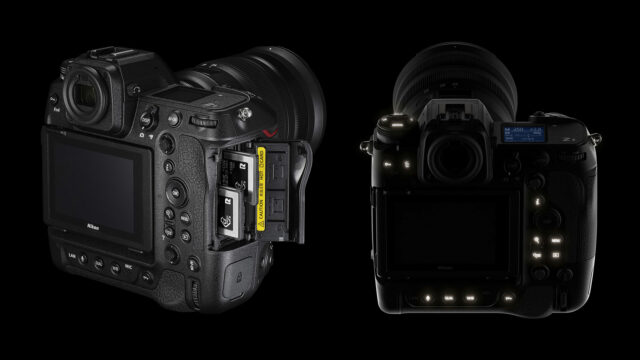
- For audio, the Z 9 can capture sound in 24-bit linear PCM.
- Your footage is stored onto dual CFexpress Type B memory cards, which adds an extra layer of redunduncy in case anything happens.
- The Z 9 features in-body image stabilization, that can give you up to 6 stops of stabilization when used with NIKKOR Z VR lenses.
As you can tell, the Nikon Z 9 packs a lot of features for filmmakers. But hold on! There is more.
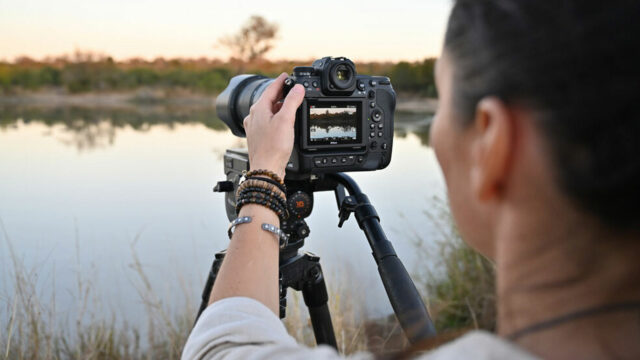
ProRes RAW 8K60p internal
Next year, Nikon claims that they’ll release a free firmware upgrade that will “enable internal 8K 60p capture in the new 12-bit N-RAW high-efficiency video format, 12-bit ProRes RAW, and other pro-level video features.”
With the DJI Ronin 4D, the Nikon Z 9 will be the second camera capable of recording ProRes RAW internally.
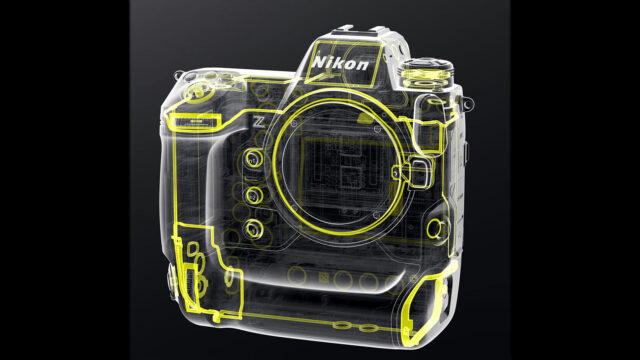
Nikon Z 9 camera body
The Nikon Z 9 is a professional mirrorless camera, so is its body. The chassis is made from magnesium alloy with sealing joints all over the place. The camera is drip and dust-resistant, equivalent to the Nikon D6.
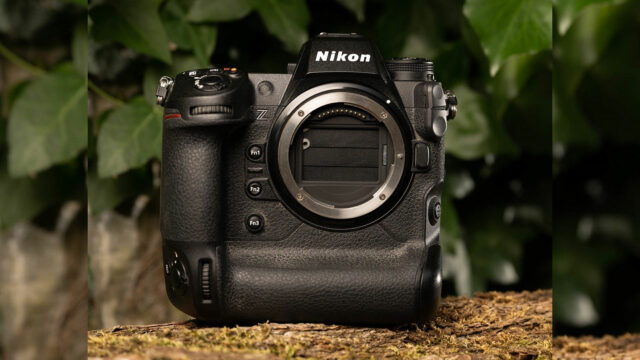
On top of that, the Z 9 features a dual coating on the optical filter to repel dust in front of the sensor. When you change lenses, a sensor shield will protect your sensor.
As the camera sensor is stabilized, a VR safety lock will automatically lock the sensor to protect it when the camera is turned off.
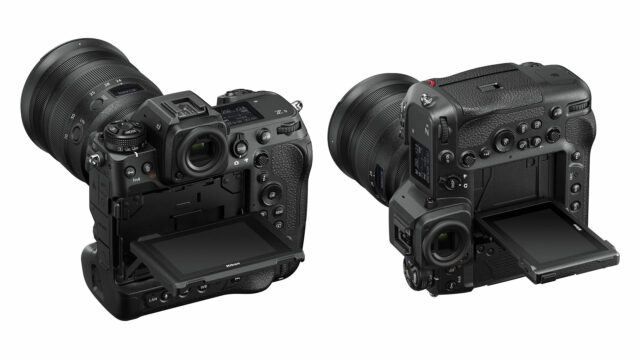
At the back of the camera, you’ll find a four-axis 3.2″ touchscreen LCD. The built-in monitor can tilt both horizontally and vertically for shooting at any angle in any orientation. The interface will also adjust automatically to the appropriate direction while shooting stills.
According to Nikon, the viewfinder is the “world’s brightest Quad-VGA panel adjustable to 3000cd/m2 (nits).”
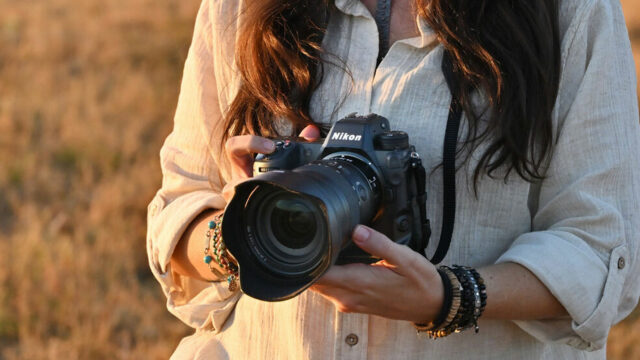
The Z 9 is powered by a new EN-EL18d battery. However, it is compatible with previous EN-EL18 batteries used on Nikon D4/D5/D6 DSLR cameras.
Lastly, backlit buttons are an excellent addition that’ll help you change your settings in the dark.
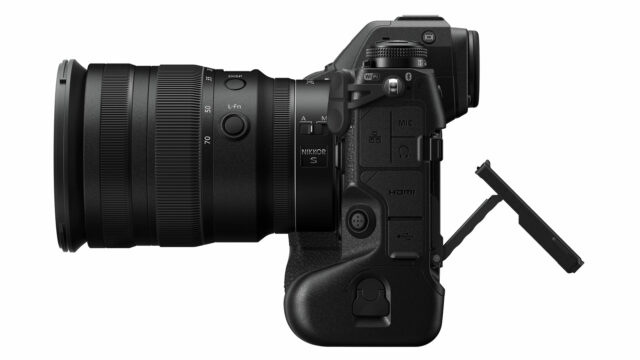
Input and output ports
On the left side of the camera, you’ll find:
- One full-size HDMI port.
- An Ethernet port for wired LAN connection.
- A 3.5mm microphone input and a headphone jack.
- A USB 3.2 Gen 2 Type-C port supports tethering, data transfer, and in-camera battery charging.
- A 10-pin port for accessories and remote connectivity.
- A PC Sync port for flash sync.
As you can tell, Nikon ticks all the cases here, and I have to give it to them compared to the Canon EOS R3.
Furthermore, the Nikon Z 9 does not forget wireless connectivity with in-camera Bluetooth and WiFI (2.4/5Ghz) connectivity, as well as a GNSS GPS for in-camera geotagging.
Price and availability
The Nikon Z 9 will be available “sometime this year” for a suggested retail price of $5,499.95. As a direct competitor, the Canon EOS R3 will be $5,999.
For more information, please visit Nikon’s website here.
What do you think about this new Nikon flagship mirrorless camera? Do you think it could be your next mirrorless camera? Don’t hesitate to let us know in the comments down below!



